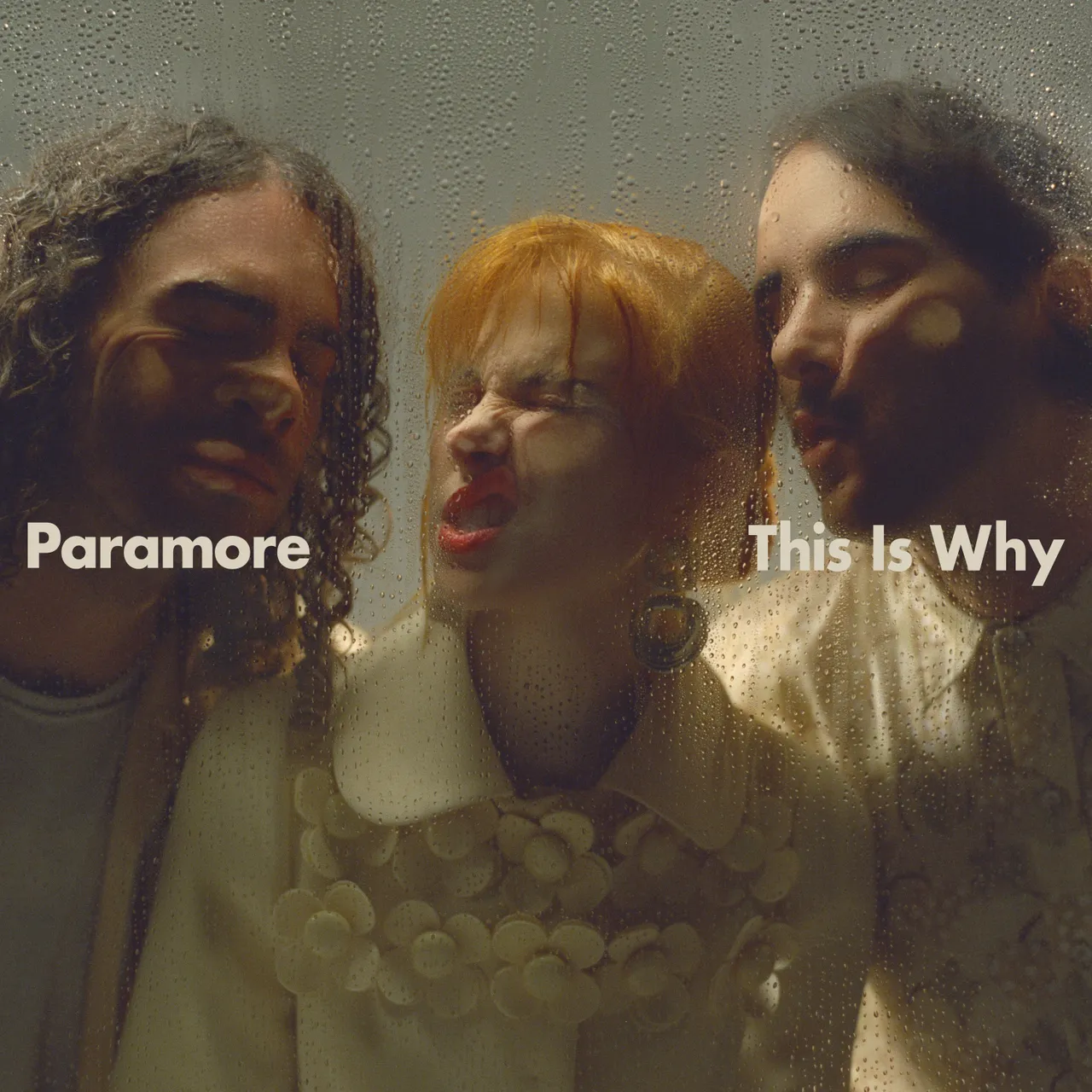★★★☆☆
It’s 2007. You’ve packed on so much eyeliner your vision is a little blurry and you’ve straightened your hair to the point of it almost snapping off. If you were lucky, your parents let you colour a strand or two of your hair some crazy colour. You might have even muttered “I’m in the business of misery, let’s take it from the top” as you head out to meet your mates in a field somewhere.
It’s been 16 years since Paramore released their hit album Riot! and its lead single ‘Misery Business’ burrowed its way into our collective psyche. Since then Paramore have split up and regrouped, changed their sound, and matured. But it seems that emo-pop is back in fashion, amid the same week as You Me At Six have released a new album.
Paramore’s newest album, This Is Why, represents singer Hayley Williams and bandmates Zac Farro and Taylor York all grown up, both emotionally and musically, but the result isn’t as dazzling or daring as it could have been.
The album’s titular, opening track gets things off to a great start. All about the terror of leaving your house in a world that has just been ravaged by a global pandemic, it’s a cracking song with remnants of Paramore’s old sound; snazzy guitar, punchy drums, and Hayley Williams stretching her voice in all sorts of directions.
The follow-up track ‘The News’ feels like a relic from 2005, even if the message it conveys still applies. The song is about the endless news cycle and the devastating images we’re fed of war and misery. Lyrics like “Every second our collective heart breaks / All together every head shakes” make the song feel more condescending than anything.
Overall, This Is Why lacks the urgency and the fury of Paramore’s earlier work. It’s not necessarily a criticism and it’s an inevitable part of growing up. This Is Why perhaps attempts to tell a story of the angst us thirty-somethings feel, but instead of making something out of it, of saying something about it, it ends up just wallowing in it.
The album’s second single, ‘C’est Comme Ça’, is the closest the album comes to having a proper earworm and to really matching the Paramore of old. If the album’s first half is to slowly ease us into this new era of Paramore, the second half becomes more experimental.

‘You First’ is the standout of the album, the perfect concoction of pop-punk vibes and poignant lyrics. “Everyone is a bad guy / And there’s no way, no way to know / Who’s the worst,” Williams sings. This is Paramore at their best, but ‘You First’ feels like an anomaly on the record and I wish there were more songs like it on This Is Why.
The album ends on a double whammy of ‘Crave’ and ‘Thick Skull’, two lyrically powerful songs. ‘Crave’ feels particularly personal with lyrics like “I romanticize even the worst of times / When all it took to make me cry was being alive”.
‘Thick Skull’, a quiet, but bold ballad, works through a reckoning for the band. It’s about regret, and lessons not learned. “Only I know where all the bodies are buriеd / Thought by now I’d find ’em just a little less scary” admittedly cuts deep and hits that sweet spot of youthful angst being all-grown-up.
This Is Why still ultimately feels like a solo project for Williams. Her voice carries the album; she effortlessly switches from a seductive drawl, to a high-pitched scream, to almost dreamlike whispers. None of the melodies stand out; they quickly become monotone and dull, but as a vocal exercise for Williams, This Is Why is impressive.
If this is the new sound of Paramore, we should be cautiously excited. Whilst flawed, and never quite hitting the confident highs of their previous albums, This Is Why feels like the first step towards a complete comeback.





